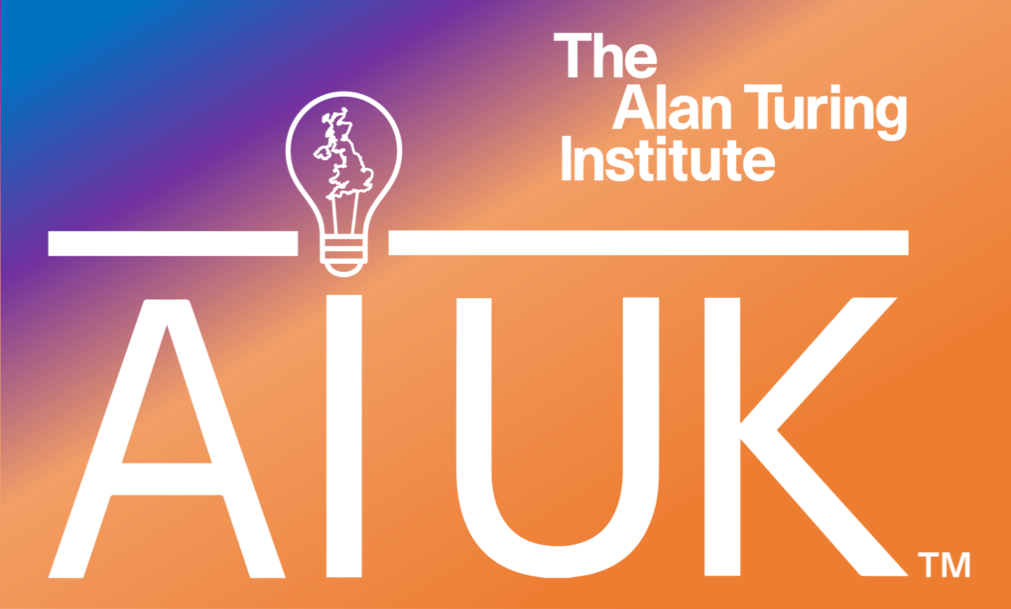
ΑΙhub.org
AI UK 2024: Camden Council case study

Hosted by The Alan Turing Institute, AI UK is a yearly event that brings together representatives from government, academia and industry to showcase data science and AI research and innovation in the UK. This year, the two-day conference featured talks, panel discussions, and hands-on workshops, and participants could attend in-person or remotely.
One of the sessions focussed on an on-going case study in a London borough whereby the local council is using data and AI to help inform their decision making, and to improve what they do. This panel discussion, chaired by Timandra Harkness, featured the following speakers:
- Tariq Khan, Chief Digital and information Officer, London Borough of Camden
- Beata Karolina Lisowska, Chief Data Officer, Camden Council
- Saba Esnaashari, Research Assistant, The Alan Turing Institute
- Lasana Harris, Professor of Social Neuroscience, University College London
Tariq set the scene by describing the borough of Camden, an area that not only houses institutions such as University College London and the Francis Crick Institute, and companies such as Google, but also some of the poorest communities in Europe. The council wants to tackle inequality and sees the use of data as one potential avenue.
The council partnered with The Alan Turing Institute on a project to create, and develop, a data charter. Co-created with the residents, the charter forms a social contract between the council and the community, and it was designed to ensure that the council collects, processes and shares data ethically. This co-creation process showed how public bodies can build trust with the community. You can hear from some of the people who participated in the project in this video:
Tariq and Beata spoke about how the charter is constantly evolving based on feedback from stakeholders. The council also run a series of events called Camden Talks Data. These happen roughly every three months and each event highlights a particular council project that has been enabled by data techniques. The last event covered geospatial data and the creation of visualizations using such data. Alongside these events are video explainers to help educate people on various aspects of data and AI. The goal is to get people involved in the data conversation.
Beata talked more about how Camden council is using, and would like to use, AI and data. She noted that councils tend to analyse past data, but don’t actually model potential future trends. There are lots of ideas about how they could use data to better understand the population and then model potential outcomes if different policies were put in place. The first step with all of these projects is to first put solid foundations in place, particularly pertaining to data quality and usage, meeting industry standards, and partnering with other experts in the field. One project that the council is working on concerns using geospatial data to monitor the health of their trees. This work has led to the founding of a pan-London group on improving geospatial standards.
Beata is also working with Saba (a research assistant at The Turing Institute) on a project using machine learning and data to help predict the well-being of people in social care programmes. Saba spoke about this project, saying that the idea is that resources could be better directed to the people that need them the most. Typically, the demand for resources surpasses the available supply, necessitating a method for prioritizing individuals receiving resources. The aim is to identify the most suitable resources for individuals, in order to improve their circumstances in a fair and ethical way. Saba and colleagues began by carrying out a literature review to understand the strengths and weaknesses of the different algorithms in the field. With their findings in hand they then developed an algorithm to help in the decision-making process on who (within the homeless population) should receive permanent or temporary housing. For them it was important that the algorithm be as transparent and explainable as possible, so that any decision could be explained to the residents. The team hope to extend the project to other domains within social care.
Lasana spoke about his work, which focusses on how people interact with AI. One of his projects studies community well-being, and is an interdisciplinary effort to understand whether data and AI can be used to better understand communities. The first part of the project centred on defining community well-being. Next, Lasana developed an algorithm based on parameters that the study suggested improved well-being. He used this algorithm as the basis for a tool that will allow residents and council staff to get information and insights about well-being. Lasana has tried to build flexibility into the tool so that it doesn’t become obsolete and so that other councils can use it (if their data is in the right format). Another key point is that Lasana wants the residents to have input regarding the model parameters. To improve the tool there is still significant work to be done concerning missing data and issues of bias. The final part of the project will be an evaluation of the usefulness of the tool – is it better than existing methods?
One thing that all panel members were keen to stress was that AI-informed models should not, and will not, be used to replace humans in the decision-making process. The systems will enhance the knowledge that the staff have at their fingertips, but they will always check suggested decisions and have the final say.









